Tokyo Biennale 2020/2021
Tokyo Biennale 2020/2021 has opened after being rescheduled last year due to the coronavirus. Bringing together art, community, and industry, this community-centered festival encompasses more than 60 exhibits across central Tokyo with the theme “Unseen Everyday Scene.” There is also an artificial reality component you can experience on your smartphone.
The festival runs through September 9, but please note that starting and closing dates vary by exhibition. Be sure to check official schedules before going. Tickets can be purchased for single exhibits at ¥500, or a ¥2500 passport is also available. There are information centers at the Hasegawa Building and Yubido in Chiyoda Ward, Yurakucho micro Food & Idea market, and at 5-9-21 Yanaka in Taito Ward.
Let’s take a look at a few notable exhibits.
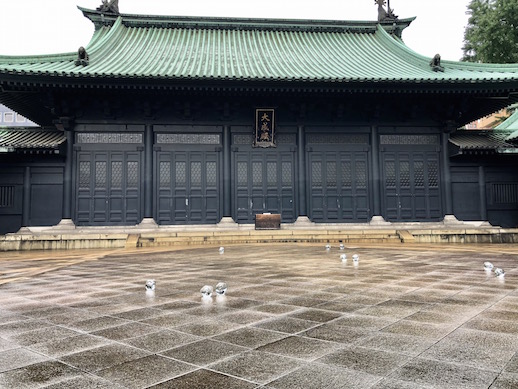
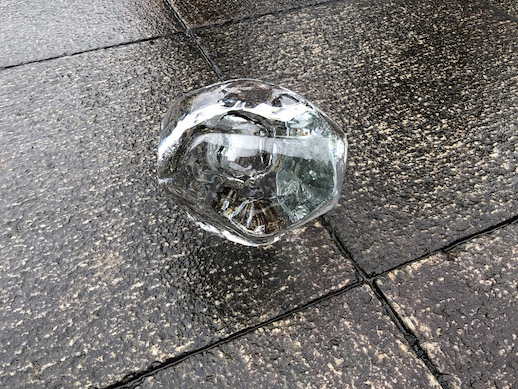
At the Confucian temple Yushima Seido, sculptor Aiko Miyanaga places transparent spheres of glass from Toyama Prefecture that capture and reflect the light. Another display features ancient sanukite rock. The installations encourage visitors to attune their senses to the interplay of natural and urban environments. (Ends July 29).
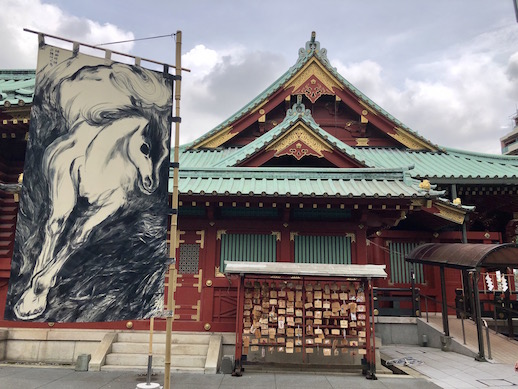
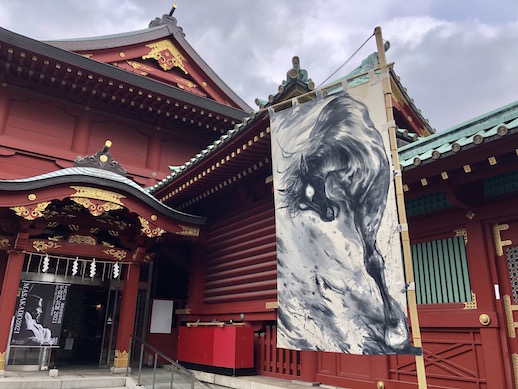
The Fukushima-born artist Miki Momma presents fluttering banners painted with galloping horses at Kanda Myojin Shrine. The work is related to Taira no Masakado, a hero enshrined at Kanda Myojin. Momma’s native city of Soma holds a traditional festival continuing the equestrian culture of Taira no Masakado, who is celebrated for taming horses and helping the poor. (Ends Aug. 1).
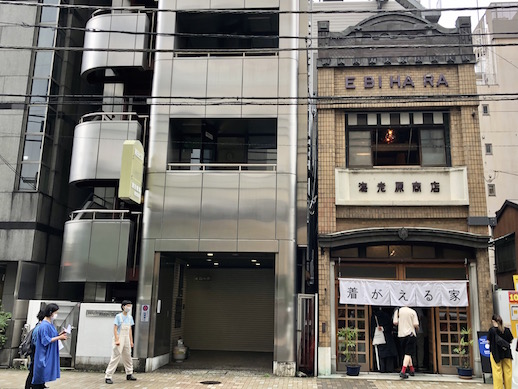
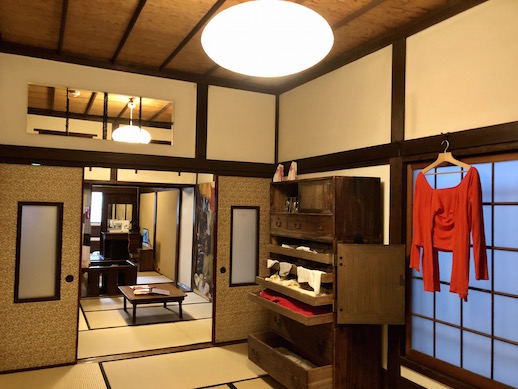
Ebihara Shoten, a historical used-clothing shop and residence in the neighborhood of Kanda, is converted into “Kigaeru (Clothes Changing) House.” This project is the brainchild of Yoshinari Nishio, an artist focused on the relationship between fashion and communication. Nishio, who acts as a temporary shop master, considers the future of the area with an exhibition of family photos and clothing, plus events such as children’s tailoring workshops. One display shows how citizens have made a patchwork house together from old clothes. Another documents migrants in Tokyo exchanging clothes with Japanese strangers on the street. (Open 11:00–18:00).
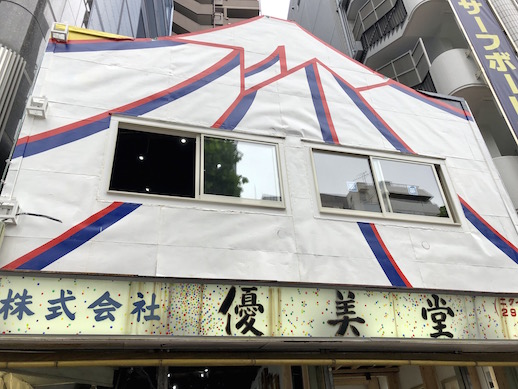
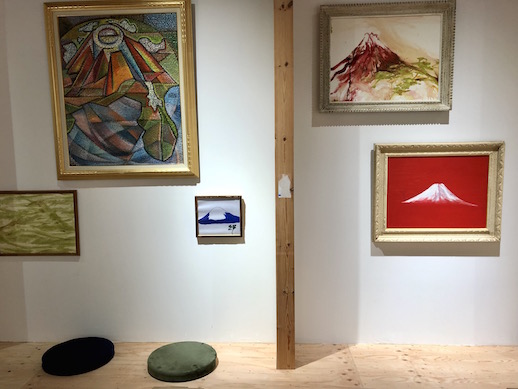
As signage in front of Yubido explains: After the war, the picture frame shop Yubido opened in the burnt-out ruins of Kanda with a sign depicting Mt. Fuji. Today, Kanda is undergoing a great wave of redevelopment. Individually owned stores are no longer viable in an area that has transformed into a town for corporations and economic growth. Artist Masato Nakamura will work with the public to renovate the closed and abandoned “Yubido,” developing and managing a project that will involve the planning and production of exhibitions. For the Tokyo Biennale, the “Yubido” building itself will be turned into a work of art and exhibited in its current state.
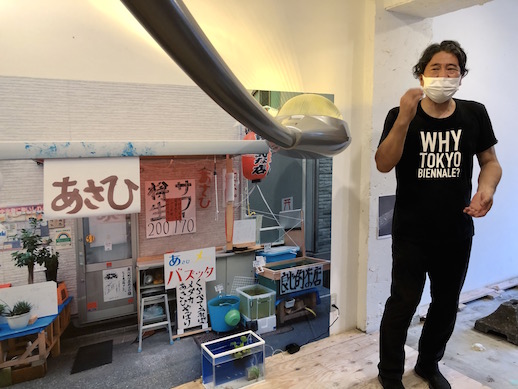
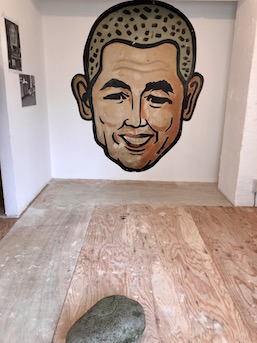
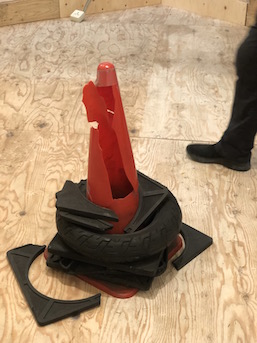
Masato Nakamura is also behind the next-door exhibition “Tokyo Z” at “Tokyo Z Studies Research Lab,” a former apartment on the 9th floor of the Rainbow Building. Nakamura, who lived in the space for a while, is a Tokyo University of the Arts professor whose work has been turning heads since the 1990s. With “Tokyo Z” presenting objects past their prime from the streets of Tokyo, Nakamura continues in the vein of his 2015 exhibition Luminous Despair and reflects on the cyclical nature of things. “Z” stands for “zetsubo” (despair), as these items and certain areas of the city itself appear beyond hope. But Nakamura believes that after “Z” we return to “A,” starting afresh with promise.
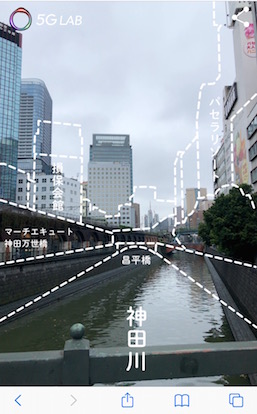
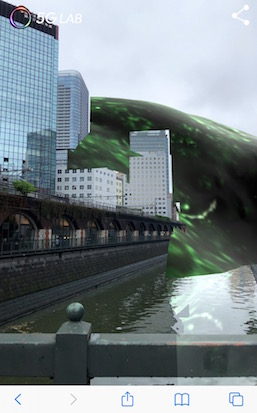
One of the artificial reality displays appears on Mansei Bridge in Kanda. With digital technology developed by the group AR Kyodai, artist Yoshikazu Yamagata lets you identify the area’s buildings and the location of a mountain that once loomed on the horizon, offering a glimpse into the past. Check here for info on how to use the AR.
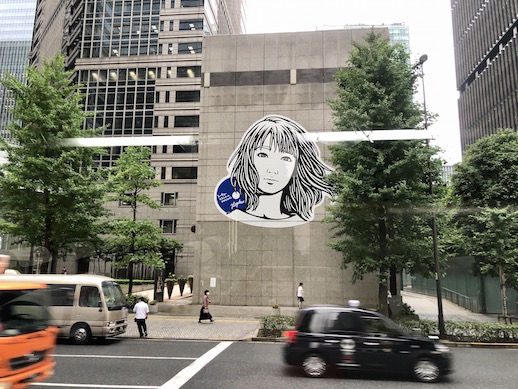
Hogalee’s murals featuring feminine icons can be spotted on two downtown buildings – Otemachi 1st Square in Otemachi and the Takara Building in Kanda. “I always felt that with Tokyo’s constant redeveloping, there should be far more two-dimensional public art beyond advertisements and signs,” Hogalee states.
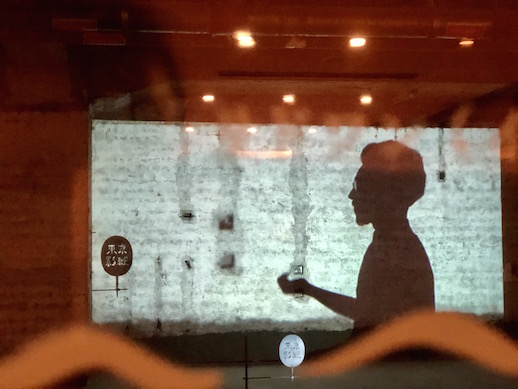
Koheisai Kawamura learned about Indonesian shadow puppetry for this project with curator Takenori Miyamoto, which dramatizes the oral histories of 60 people living in Tokyo with backgrounds from 19 different nations.
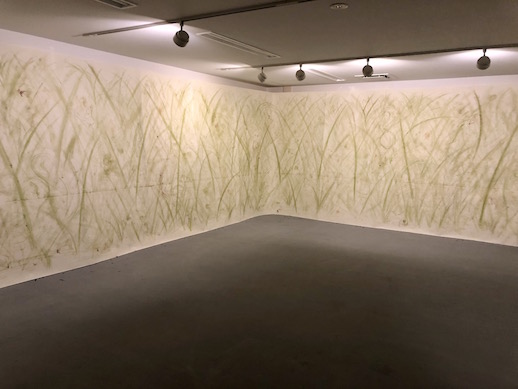
Shujiro Murayama studies local vegetation and holds public events like workshops across Japan. At the Hibiya Okuroji shopping center underneath the railroad tracks between the Shimbashi and Yurakucho stations, he presents “plant paintings” made using soil and plants collected in Tokyo.
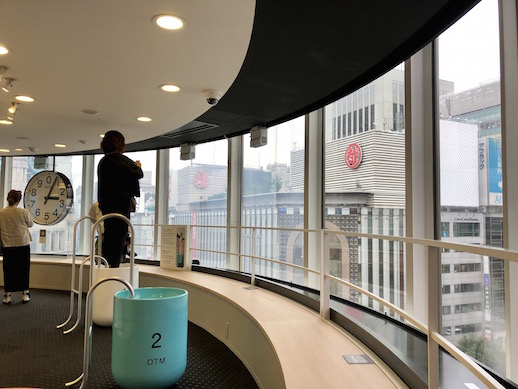
Entrepreneur and artist Masamichi Toyama experiments with time and nostalgia in an exhibition in Ginza. He has created a simplified clock and “time machines” you can step onto to envision the past.
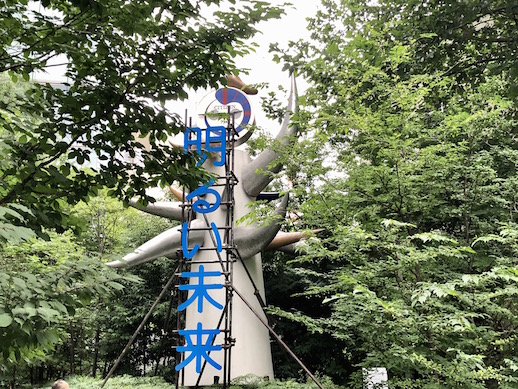
Installed in front of a statue by the famed artist Taro Okamoto, Masaharu Futoyu’s “Monument for the Bright Future Tokyo/2021” recreates a sign from the nuclear accident-stricken town of Futaba, Fukushima declaring “Nuclear Energy – Energy for a Bright Future.” Futoyu’s work contrasts the negative nuance of the sign while attempting to recapture the original meaning of the words “Bright Future.” It draws from Okamoto’s idea of polarism, an artistic view that advocates a “cacophony” of oppositional and contradictory concepts.
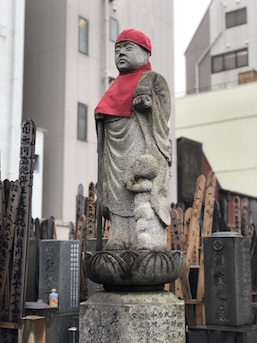
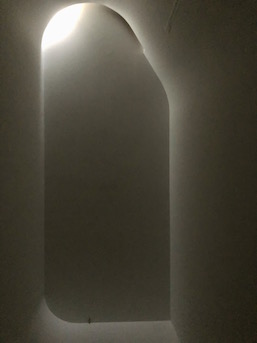
Rei Naito’s exhibition “Praying for Tokyo” is a requiem for those who perished in the Tokyo air raids of March 10, 1945. She has placed her smallest sculpture, “human,” a tiny wooden figurine, in Kurenboh Gallery at Chohouin Buddist Temple. At the temple’s graveyard she offers a cup of water to a Mother and Child statue honoring the memory of the dead.
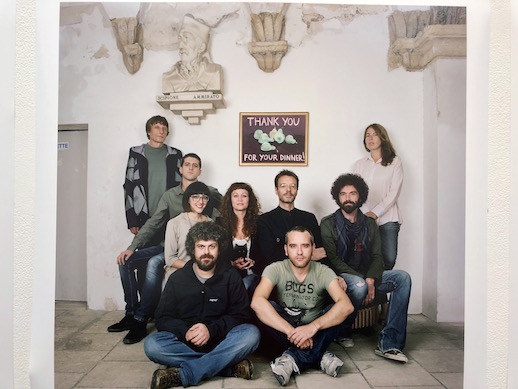
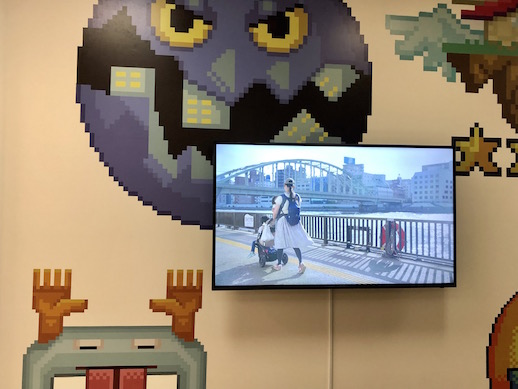
3331 Arts Chiyoda, a former school turned into an arts center, presents multiple Tokyo Biennale exhibitions. Alina and Jeff Bliumis’s “A Painting for a Family Dinner” displays photographs from a multinational project in which the couple offered a painting in exchange for an invitation to a family dinner. Kae Fujiwara’s video installation reimagining Tokyo as a roleplaying game is a tongue-in-cheek take on the travails of navigating the city with small children.



